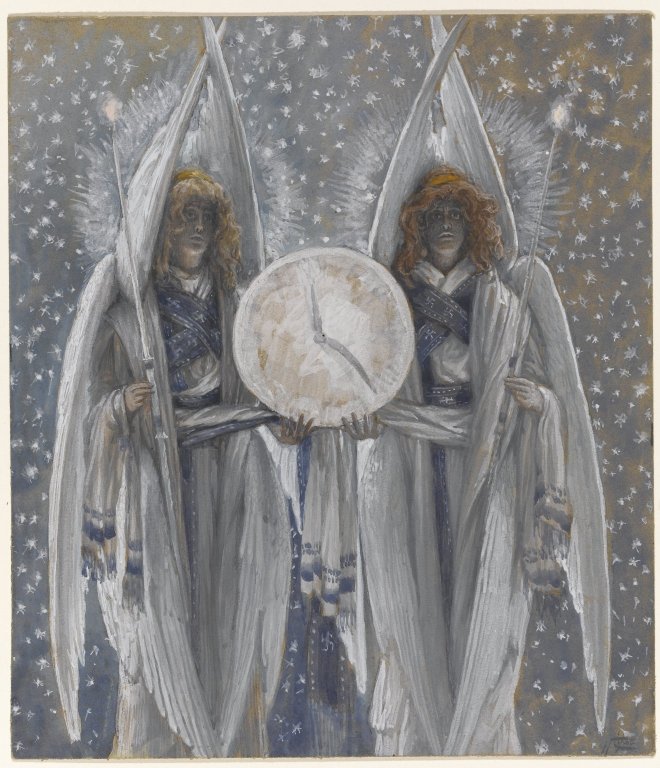We pray in union with and honor the memory, especially of the glorious ever Virgin Mary, mother of our God and Lord Jesus Christ: as also of the blessed Joseph, her Spouse, and of the blessed Apostles and Martyrs Peter and Paul, Andrew, James, John, Thomas, James, Philip, Bartholomew, Matthew, Simon, and Thaddeus; Linus, Cletus, Clement, Xystus, Cornelius, Cyprian, Lawrence, Chrysogonus, John and Paul, Cosmas and Damian, and of all Thy Saints, through whose merits and prayers, grant that we may in all things be defended by the help of Thy protection. Through the same Christ our Lord. Amen.
The Communicántes prayer is said during the Canon of the Mass shortly before the Consecration.
We are familiar with Our Lady, St. Joseph and the Apostles but except for St. Lawrence,the second set of saints are less studied by today's Catholics.
What must it have been like to be the second pope? Tradition tells us that Linus was a Roman who converted after hearing St. Peter preach and became a disciple. He is only pope who was chosen by his predecessor. He witnessed Peter's crucifixion and helped to bury his body. Pope St. Linus was martyred by beheading in 76.
Cletus was the third pope. He was also converted by St. Peter. He wrote the first papal letters to the Faith and was martyred in 89.
Pope St. Clement was a high born Roman and like Linus and Cletus, he met St. Peter was converted. According to tradition, Clement made a point of recording the details of the trials and martyrdom of Christians brought before the Roman persecutors. In 96 he wrote a letter to the fractious congregation of Corinth. He was exiled during the Trajan persecution and eventually martyred by drowning.
Pope St. Sixtus must have known that his life would end in martyrdom but he did not shirk from becoming pope. He is credited with the decree that none but the priest should touch the sacred vessels.
Cornelius was a Roman priest. He became pope at a time when the persecutions were so bad that the clergy and people of Rome could not get together to elect a pope for 14 months. When he was elected he had to deal with a heretic, an anti-pope and the serious question of how to deal with laity and clergy who had apostatized during the persecution o
f Decius. Emperor Gallus banished Cornelius to Cevita Vecchia where he kept up a correspondence with St. Cyprian and converted a large number of pagans before his martyrdom.
Cyprian was a bishop and a devoted friend of St. Cornelius. He came from a well to do family in Carthage and is said to have been highly educated man who gave it all up to become a Christian. He was put to the sword in the year 258.
Saint Lawrence is one the most famous and beloved of the early saints and he's the most familiar saint from the Roman Canon to most people. He was the archdeacon to Pope St. Sixtus II and when the holy pope was being dragged to his execution St. Lawrence asked to go with him. Pope Sixtus told him that he would come after him in three days. Lawrence was arrested and tortured horribly all night before finally being placed on the gridiron.
Not much is known about St. Chrysogonus. He was a Roman layman who converted many people by his example and he was the teacher of St. Anastasia, who went through many trials when she decided to follow Christ. Chysogonus was martyred under Emperor Diocletian.
John and Paul were brothers. They had high places at court and devoted themselves and their wealth to helping the poor. Out of spite Julian the Apostate asked them to join his household and offer sacrifice to the old gods. They refused and received the crown of martyrdom.
Saints Cosmas and Damian were twins and physicians whose piety impressed many people who converted because of their example. They were martyred by beheading under Diocletian.





.jpg)



















